Harvesting Kale like a pro (Important Do’s & Don’ts)
Do you want to learn how to harvest kale? I’m here to fill you in on harvesting kale best practices. Kale is a fantastic, nutritious source of vitamins A, C, and K as well as being packed with a host of antioxidants. Kale is easy to pick and can simply be incorporated into any mealtime including smoothies, curries, and health salads.
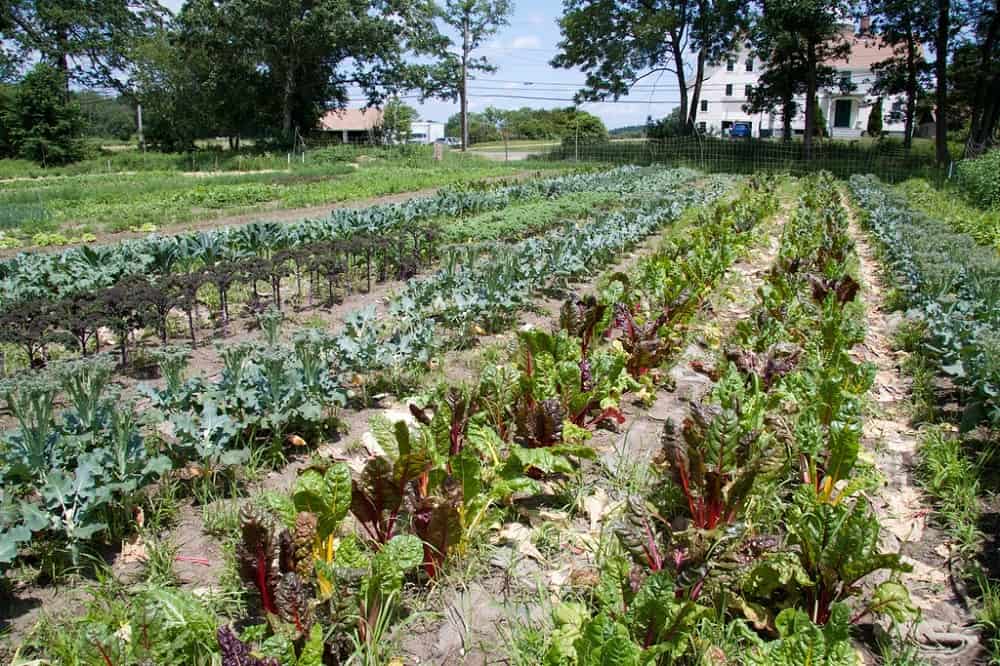
It’s important to know how you can keep getting the best from your kale plant and I can help you. While kale is an easy vegetable to grow and harvest, like other vegetables you need to know when the right time is to harvest and also what the best method is. You can even learn to grow kale indoors if you’d rather have them close by all the time!
Methods vary depending on whether you are growing a baby plant or if you are tending to mature leaves. Armed with this knowledge you are sure to get longer out of your kale plants, the plant that keeps on giving!
Table of Contents
How Do You Harvest Kale So It Keeps Growing?
There are two types of greens that you can harvest. Mature and baby. Both greens harvest at different times but both should be treated the same way so that they keep growing. Mature greens are ready to pick 60 days after planting.
A healthy mature kale plant should have more than ten leaves, with small leaves in the center and larger leaves on the outside. Baby greens are ready to pick 25 to 30 days after they are sown.
The period for harvesting kale is usually once in the later stages of spring or early summer and then a second harvest tends to come again in autumn.
If you leave it too long to harvest your kale older, larger leaves may discolor and fall off. If this happens, simply pick off the bad leaves and your plant will continue harvesting.
The great news about harvesting kale is that it does not take up a lot of time. If you want your kale plant to keep growing after harvesting, follow the steps below:
- Always remove leaves from the outermost layer and work your way in, picking the largest and lowest leaves from this layer of the plant.
- Pick leaves one by one, ensuring that you leave the central bud so your plant can produce more leaves.
- During harvest, remove any discolored leaves to encourage the growth of new, healthy leaves. New leaves should grow within a week at most.
How Many Times Can You Harvest Kale?
There is no limit to harvesting kale if you follow the correct harvesting steps. If your plant is kept healthy and you avoid picking or damaging the central bud the plant will continue to grow and you can pick fresh leaves every two weeks.
Normally kale is biennial so do be aware that while there is no limit on how often you can harvest your Kale plant you will need to replace your plant after two years.
Your plant may look extremely healthy one day and the next the leaves will look wilted and the plant will look limp. This is how you know your plant has died. While there are some ways to revive your kale plant if it is older than two years of age it is best to replace your plant with a new one.
Is Kale Still Good After It Flowers?
Did you know that the lovely yellow florets that appear on your kale plant are edible? It is often thought that this is a sign that the kale plants are at the end of their season but they do not represent the end of your crop.
Often when these florets grow on the plant the kale leaves can taste bitter but the florets are particularly sweet to the taste if you have had frost. Your kale plant is still good after the plant grows flowers, the flowers are a symbol of your kale plant beginning to produce seeds again.
What Can I Do With Overgrown Kale?
Depending on the type of Kale plant you have, your plant has the ability to grow anywhere between eighteen inches to four feet tall. The ideal height of your plant is eighteen inches.
If your kale is overgrown, there are ways to top your plant without killing it but also in a way that promotes outwards growth. You should also consider kale spacing when initially planting to ensure proper growth from the beginning.
If it is towering you may need to be harvesting kale leaves more often. If it is too tall, cut the plant four to five inches from the soil. This may seem very short but it is a great way for the plant to begin to grow again and prevents the stalk from becoming old and beginning to rot.
If your kale is bolting, this could be as a result of heat. As a result of higher temperatures, the plant is seeding prematurely and growing before the leaves can develop, giving your plant a skinny appearance.
A way of growing kale if you live in a warm climate is to grow kale in the winter. It should be planted in the late summer and this way it can grow healthily during the cooler months.
Kale should be a feature in anyone’s home-growing catalog. With its long life span and repeat harvests, it is a fruitful addition to your crops.
Frequently Asked Questions
When is the best time to harvest kale?
Harvesting kale can be done throughout its growing season, but the best time to harvest is when the leaves are young and tender, usually around 2-3 months after planting.
How do I know when kale is ready to be harvested?
Kale leaves can be harvested when they are about 6-8 inches long and have a dark green color. The leaves should be firm and crisp to the touch.
Can I harvest kale leaves individually or should I cut the entire plant?
Harvesting kale leaves can be done individually by cutting them off at the stem with a sharp knife or scissors. Alternatively, you can cut the entire plant at the base, leaving about 2 inches of stem for regrowth.
How often can I harvest kale?
You can harvest kale leaves as often as every 7-10 days throughout its growing season. However, be sure to leave some leaves on the plant to allow for continued growth.
Can I harvest kale in the winter?
Yes, kale is a cold-hardy plant and can be harvested throughout the winter months in many regions. However, be sure to protect the plants from frost and extreme cold temperatures.
What should I do with leftover kale stems after harvesting?
Kale stems can be tough and fibrous, but they can still be used in recipes such as soups, stews, or smoothies. Alternatively, you can compost them for use in your garden.



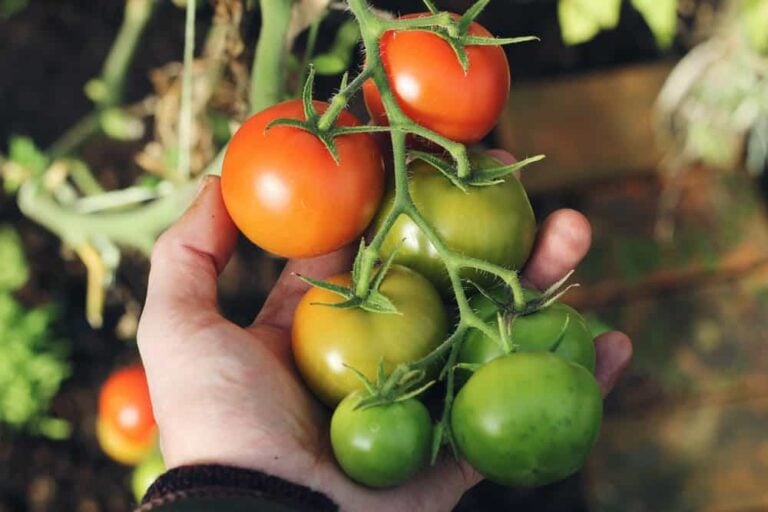
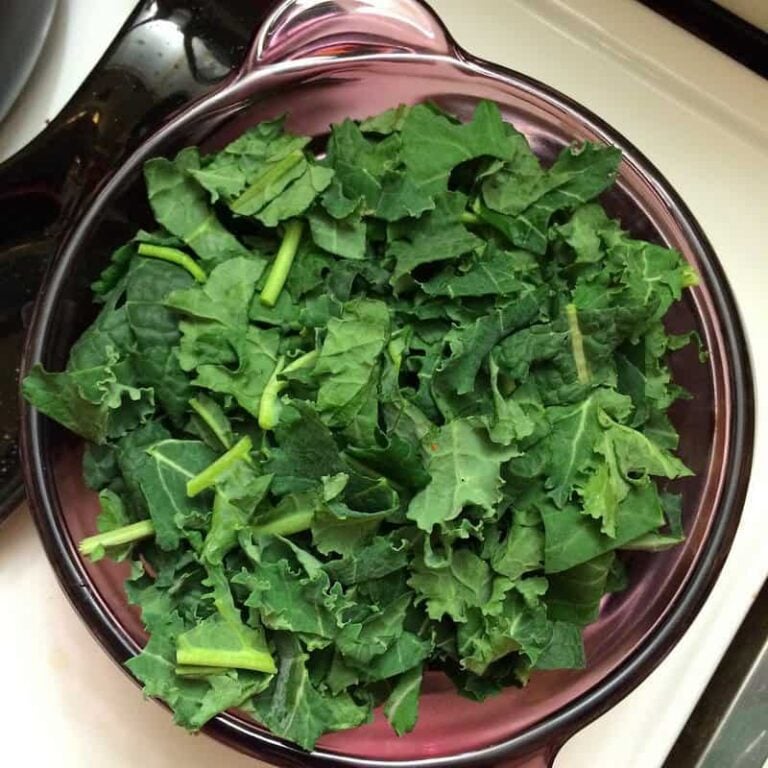
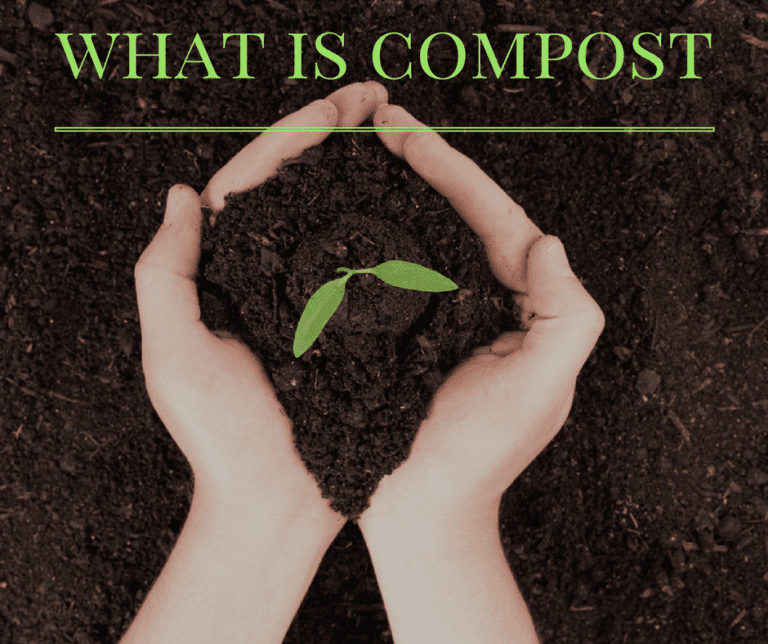
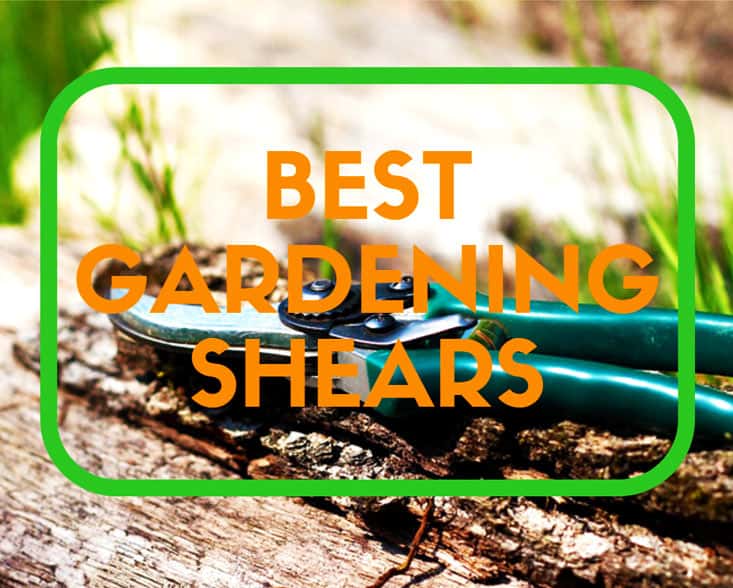
Thank you so much for sharing such a great article. I was very confused as to how to choose the best garden edger, but your amazing article made it possible. Recently I bought a new garden edger and I am so happy that it’s working properly because of your amazing reviews and guides while purchasing. Thanks a lot for sharing..!